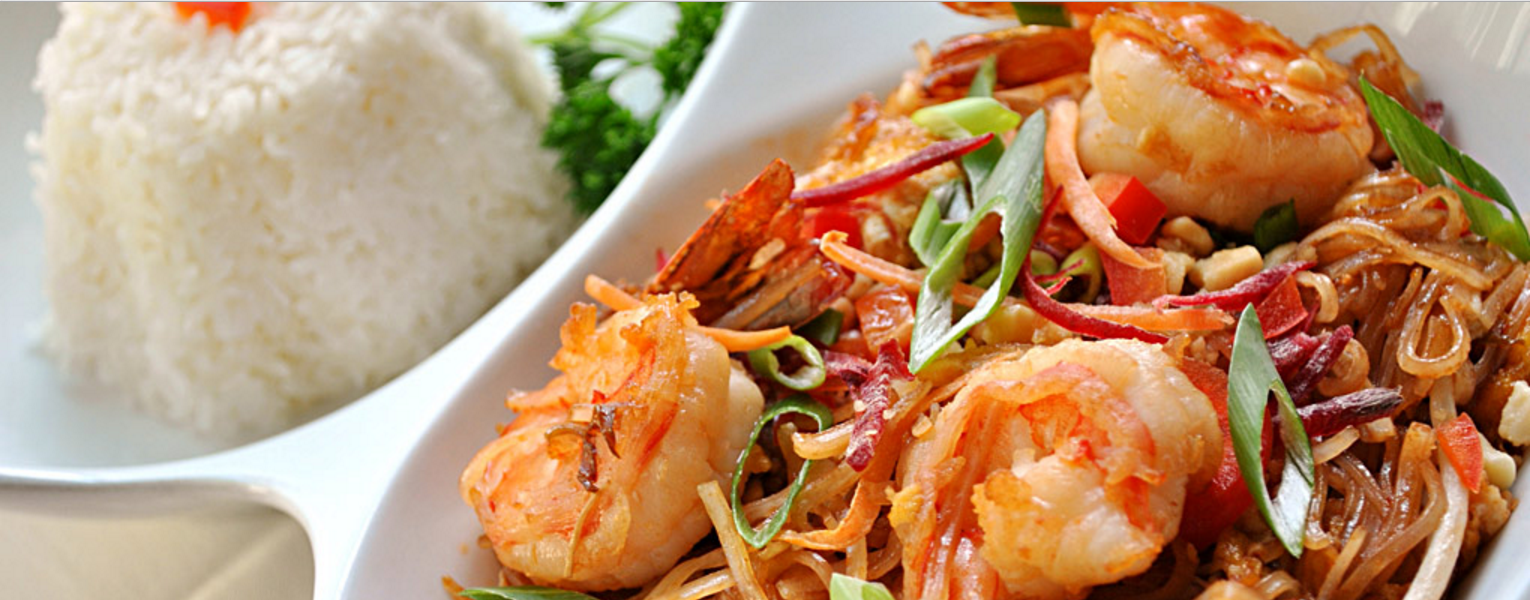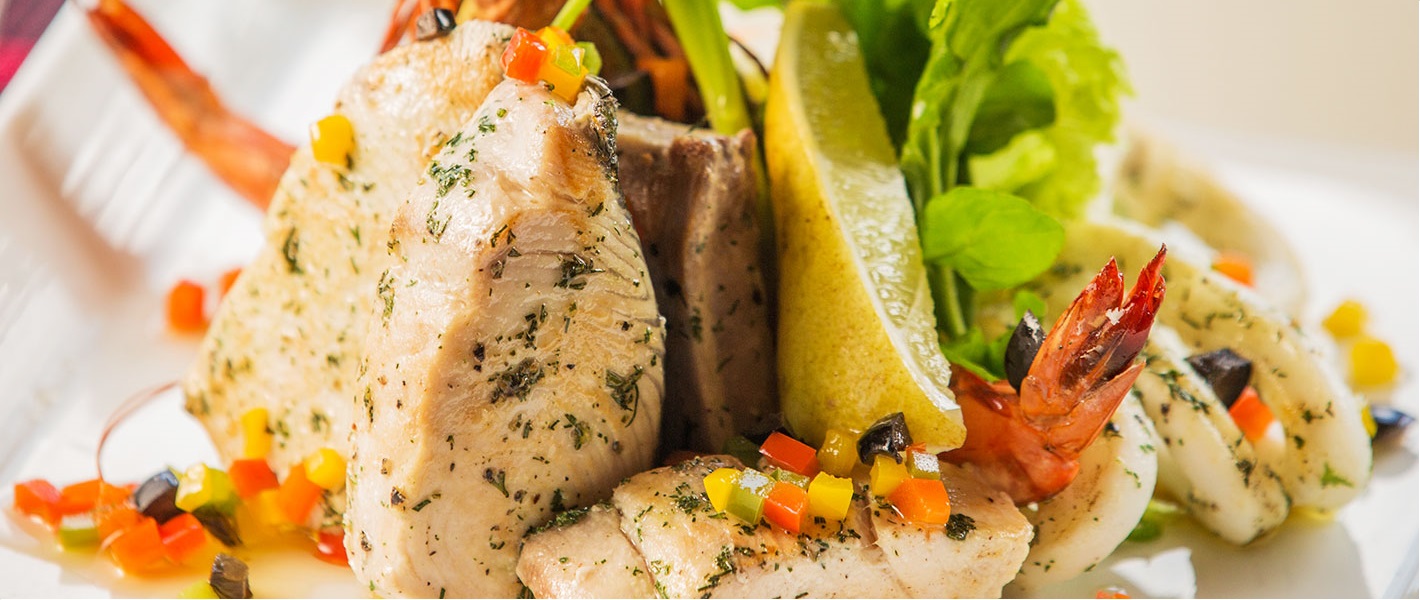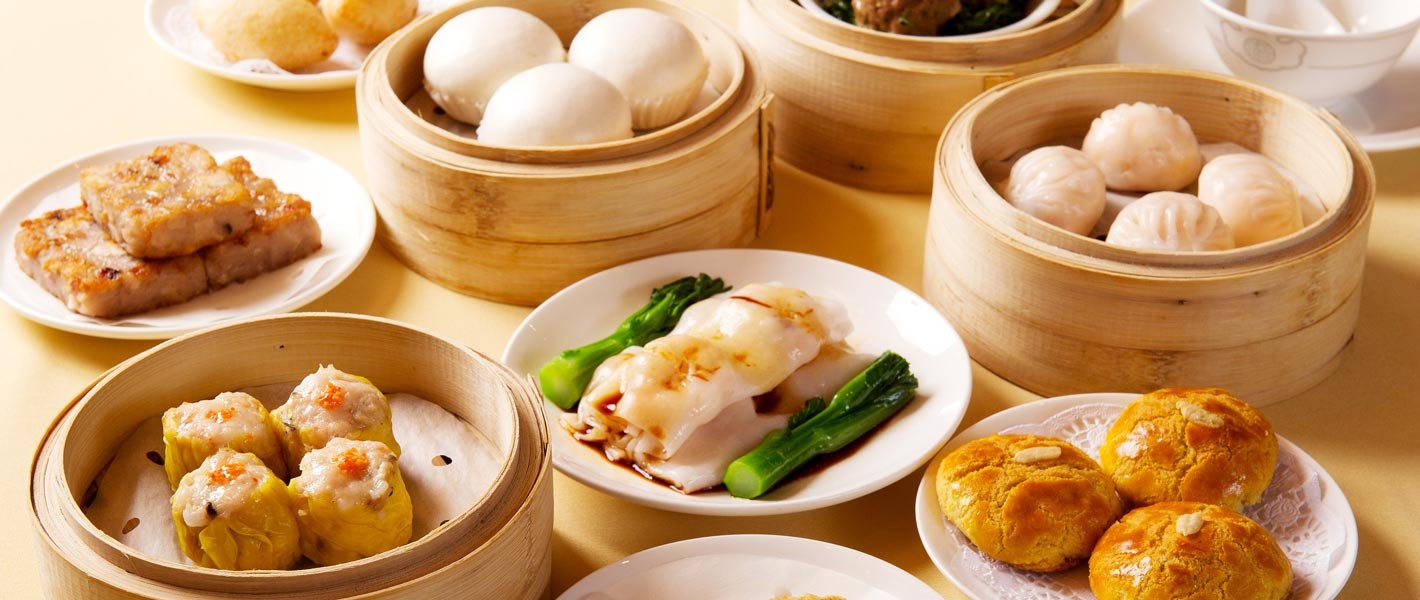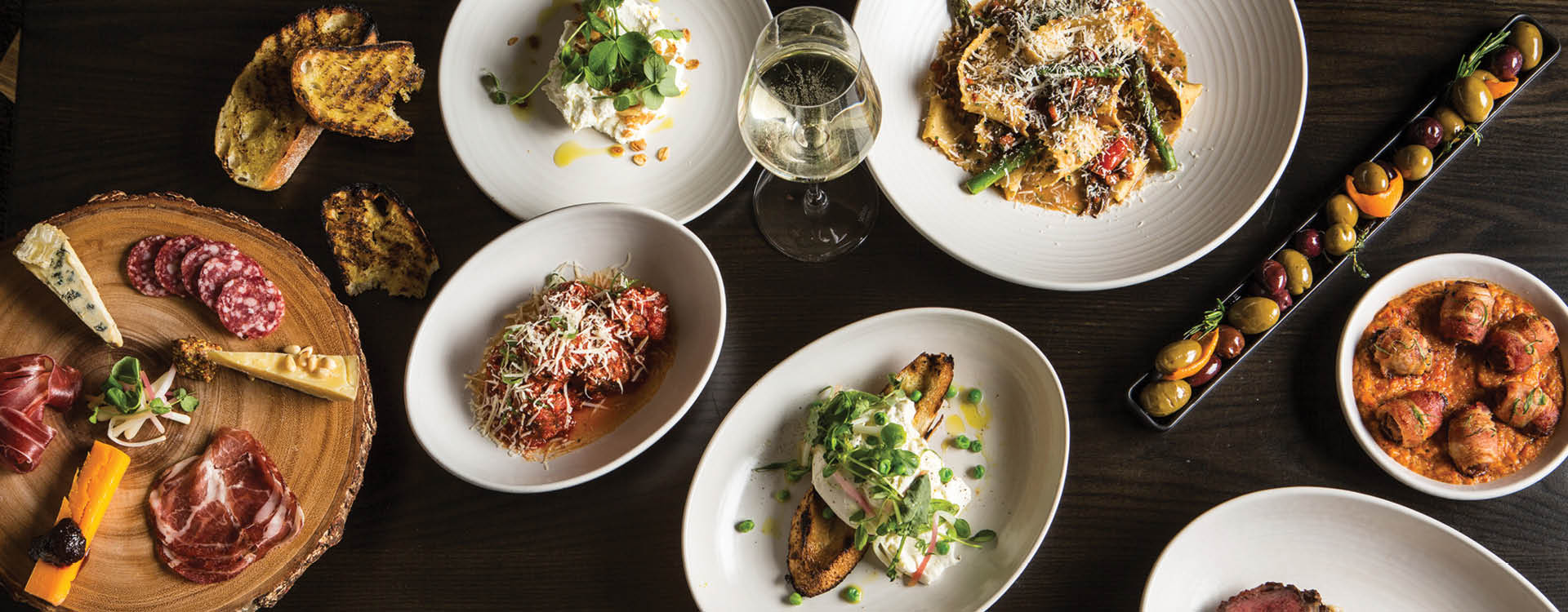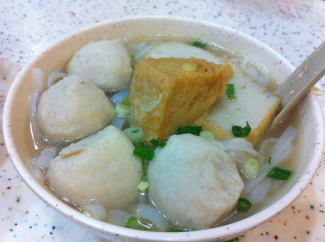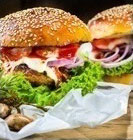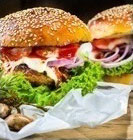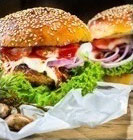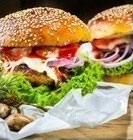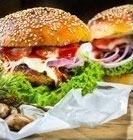Fishballs
Fishballs are something popular to eat throughout Asia, perhaps it’s the lightness and texture of the fish balls, or the fact that they are often considered a relatively healthy food to eat, that makes them so attractive. They are also common in the Nordic countries
Fishballs are a classic Hong Kong snack, these are balls of deliciousness made with fish meat, typically served with wide Chinese noodle made from rice or egg noodle.Fishballs also often cooked in a piping hot curry and commonly sold at street stalls.
The typical Hong Kong fishballs, made of fish meat paste and can be divided into two varieties.
One is the well-known cooked food sold by street venders. Its history can be tracked back to the 1950s. This type of fish balls are made of fried fish meat. Food stalls often sell them with spicy, curry or sweet sauces.
The other kind is sold uncooked or boild in a soupy broth and usually served as an important ingredient of hot pot, or cooked with noodles in hot soup. The price is higher and taste different from the first type. These are available in traditional markets and super markets
There are two variants of making of fish balls, each differing in its textures, production method, and primary regions of production:
For East Asian fish balls, the fish are shredded, coarsely ground, or even pounded. The fish then undergoes prolonged mixing with added salt until a smooth texture is attained. This technique, similar to the process of making surimi, uncoils and stretches previously wound and tangled protein strands in the fish, which produces food with a firm "bouncy" texture.
Scandinavian fish balls are made of completely pureed fish, milk, and potato flour (or potato starch), and they are shaped without additional processing, which produces a softer textured food.
In Great China, there many different kind of fishballs.
In Fuzhou, Fujian province
In the Fuzhou area, "Fuzhou fish balls" (福州鱼丸) are made from fish with a minced pork filling. The variation from Fuqing is much larger.
Hong Kong and Macau
There are three kinds of fishballs, known as 魚蛋 (literally "fish eggs"), sold in Hong Kong and Macau. They are yellow, white, and golden.
Fishballs are a popular street food in Hong Kong, and the 2016 Mong Kok civil unrest, which escalated from the government's crackdown on unlicensed street hawkers during the Chinese New Year holidays, has been referred to by some media outlets and social media platforms as the "Fishball Revolution" (魚蛋革命).
Yellow (street food)
Smaller in size and made from cheaper fish than the white variety, they are usually sold at food stalls with five to seven balls on a bamboo skewer. The fish balls are usually boiled in a spicy curry sauce. Virtually every street stall creates its own recipe of curry satay sauce to differentiate them from other sellers. Fish balls are one of the city's most popular and representative "street foods" (街頭熟食).[1]
White (restaurant)
White fish balls are larger in size and made with white fish, such as Spanish mackerel, pounded many times until the fish is a fine paste. Salt can be added, or egg whites and corn starch, but generally no other ingredients are added. The balls are then cooked by boiling. As a result of this cooking method, these fish balls are white in color. White fish balls should have an elastic (bouncy) and fluffy texture and a strong taste of fish. They are made using a more costly fish, and they have a considerably different texture and taste. This kind is usually served to complement noodles at Cháozhōu-style noodle restaurants,[2] and at some cha chaan tengs, which also sell beef balls (牛丸) and cuttlefish balls (墨魚丸). Readily available in traditional markets and supermarkets, fish balls are also a popular ingredient for hot pot.
White fish balls from traditional fish ball restaurants are made from fresh fish and are normally hand-made (手打) by the owners using traditional techniques.
Golden
The big golden fish ball is a snack in Cheung Chau. Distinguishing features include size, sauce and texture. They can be fist-sized and are served with a special curry sauce, and they are mainly made from fresh fish which makes the texture more smooth.
The basic ingredients of fisballs in Hong Kong are fish and flour, and flavourings such as salt and sugar can also be used. The proportions depend on the quality and type to be made. The white fish balls found in some traditional Hong Kong restaurants are made using fresh fish, while street style fish balls are made using cheap fish and a mixture of flour to reduce costs.[3] Flathead mullet (九棍魚/烏仔魚) and Daggertooth pike conger (門鱔) are common choices.
Originally, to reduce costs, they were likely made by mixing and frying the remaining materials of Chaozhou fish ball (潮州白魚丸) or stale fish. They began to be imported more recently, and nowadays, they are mainly imported by wholesalers and the texture is more consistent.[4]
Taiwan
Milkfish balls (虱目魚丸) are frequently found in Taiwan. The natural texture and aroma of the milkfish give this variant a unique taste. This is one of the main ways milkfishes' lesser-prized yet highly abundant white meat is consumed.
Fish balls with roe (魚包蛋) are served at hot pot restaurants. They have a sweet and salty taste with a popping element from the roe's texture. There is also a fried golden version.
Read more




